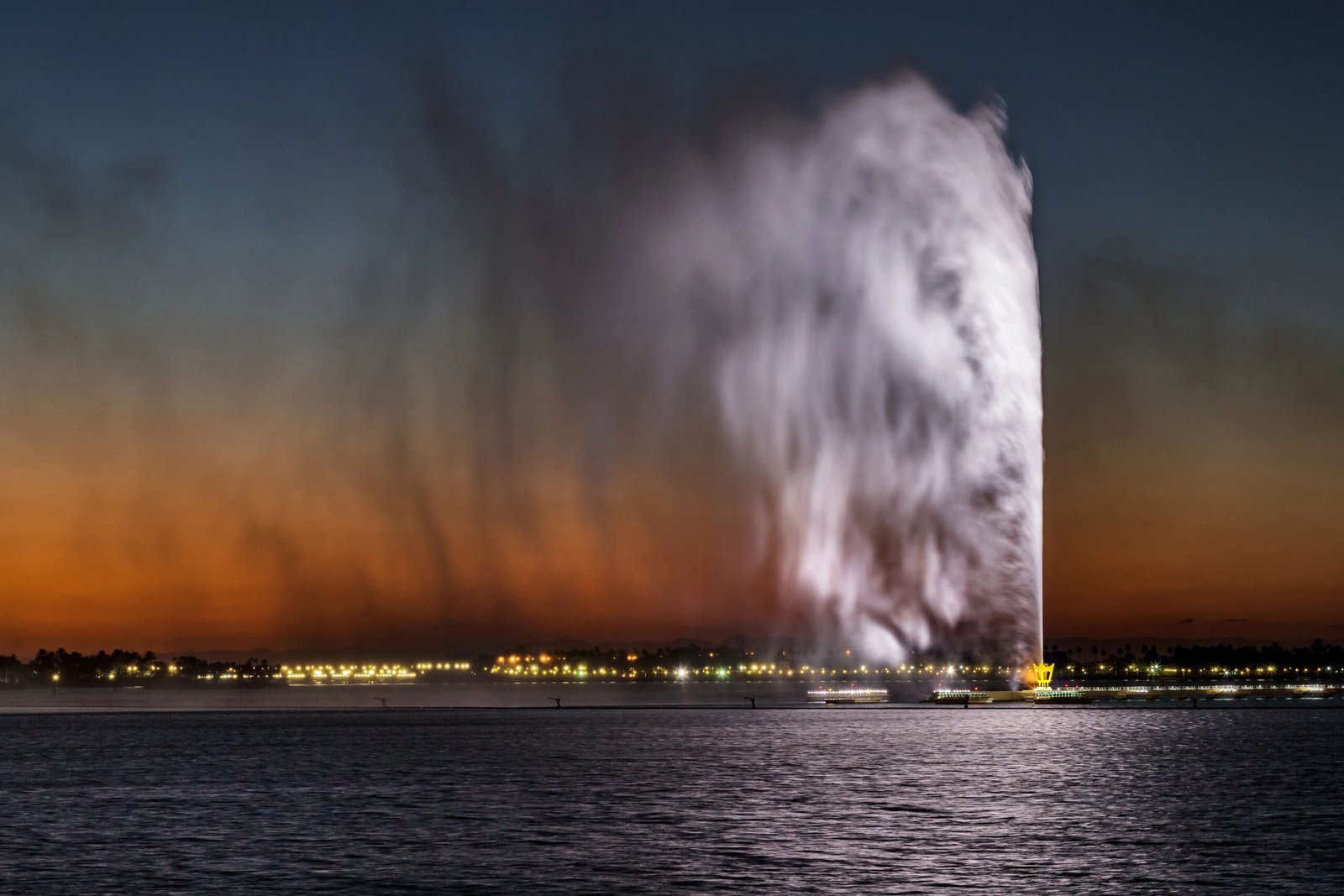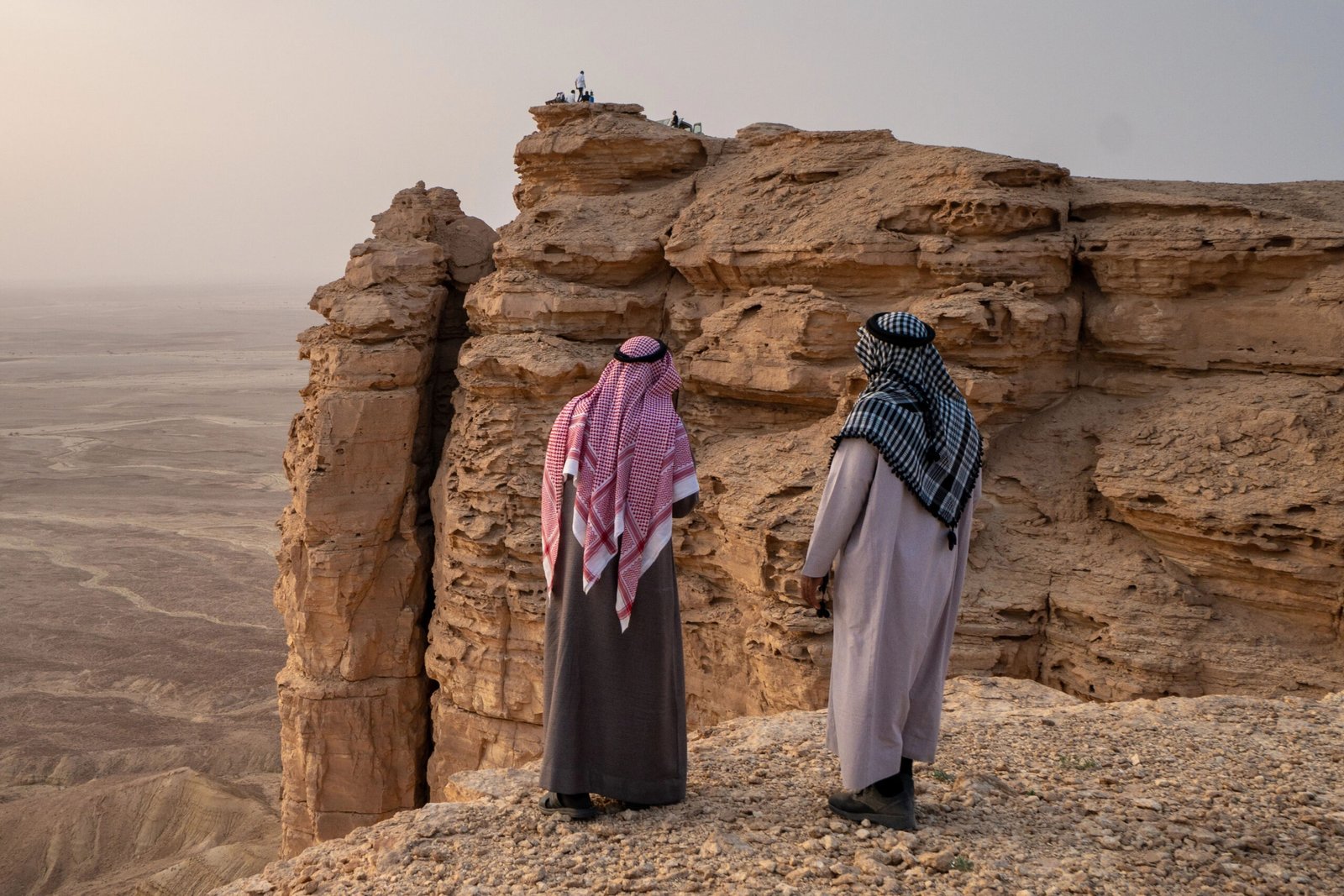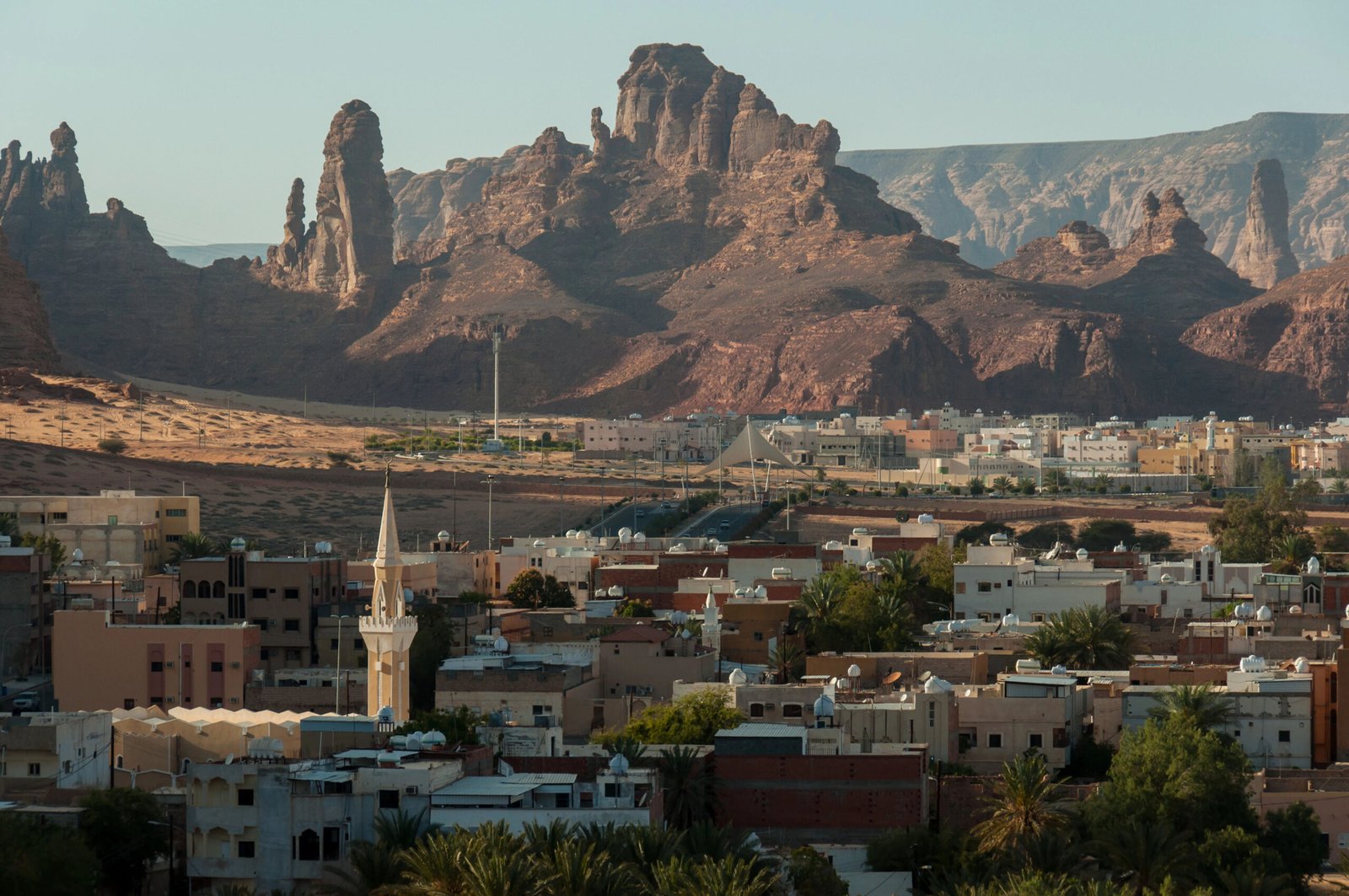The Desert Kingdom
Saudi Arabia, often referred to as the cradle of Islam, possesses a rich cultural heritage deeply rooted in its historical significance and diverse traditions. The country is home to two of Islam's holiest cities, Mecca and Medina, attracting millions of pilgrims every year. This religious importance not only shapes the nation's identity but also influences its cultural practices, festivals, and social norms. Furthermore, Saudi Arabia's historical significance can be traced back to ancient civilizations, with archaeological sites revealing a wealth of artifacts that tell the story of the region's past.
The cultural tapestry of Saudi Arabia is woven from its Bedouin traditions, Islamic legacy, and modern influences. Its people celebrate a variety of customs, from traditional music and dance to unique craftsmanship and culinary delights, reflecting the multicultural aspects of the society. Moreover, the country's commitment to preserving its heritage is evident in initiatives to restore historical landmarks and promote traditional arts, ensuring that the legacy of past generations continues to thrive.
In recent years, Saudi Arabia has embraced a vision for modernization, striving to blend its rich heritage with contemporary advancements. This balance of tradition and modernity is particularly visible in urban developments that incorporate Islamic architecture while providing state-of-the-art facilities. The country's growing focus on tourism has led to an increase in investment in visitor attractions, making it essential for travelers to appreciate Saudi Arabia's multifaceted identity.
Places
Saudi Arabia Highlights

The Jeddah Corniche
The Jeddah Corniche is a remarkable waterfront area that provides residents and visitors with a splendid view of the Red Sea. Stretching approximately 30 kilometers along the coastline, this expansive area is adorned with beautifully landscaped parks, unique sculptures, and recreational spaces, making it a prime destination for both relaxation and entertainment. The Corniche is not only a popular locale for jogging, cycling, and walking, but it also serves as a social hub where families and friends gather to enjoy leisure activities amidst the stunning backdrop of the sea. At the heart of the Corniche resides the King Fahd Fountain, which is one of the tallest fountains in the world, reaching an impressive height of over 260 meters. This iconic landmark is illuminated at night, creating a mesmerizing display that attracts numerous visitors seeking to capture the beauty of the water show against the illuminated skyline of Jeddah. The fountain exemplifies the rich cultural heritage of the city, reflecting its blend of modernity and tradition. It has become not just a symbol of the city but also a celebrated artifact of engineering prowess. As one strolls along the Jeddah Corniche, one can find an array of cafes and restaurants offering local and international cuisine, enhancing the overall experience. The blend of natural beauty and vibrant cultural expressions makes the Corniche a favorite among locals and tourists alike. Public events and festivals are frequently hosted in this area, adding to its dynamic ambiance.

The Edge of the World
The Edge of the World is an iconic geological formation located on the outskirts of Riyadh, Saudi Arabia. This breathtaking site features dramatic cliffs that rise steeply from the surrounding desert, offering one of the most stunning landscapes in the region. The allure of this natural wonder draws both locals and tourists alike, eager to experience its unparalleled beauty and unique geological features.
The cliffs of The Edge of the World provide panoramic views that extend for miles, presenting an extraordinary perspective of the vastness of the surrounding terrain. This vantage point enables visitors to observe the stark contrast between the rugged cliffs and the flat expanses of the Arabian Peninsula. The natural hues of the rock formations shift throughout the day, creating a spectacular visual display that attracts photographers and nature enthusiasts.
Hiking opportunities abound in this area, catering to adventurers of various skill levels. Trails range from easy walks suitable for families to more challenging hikes that lead further along the cliffs for those seeking a thrilling experience. Along the hiking routes, explorers can encounter a variety of flora and fauna unique to this semi-arid environment, adding to the appeal of the visit.

Al-Ula
Al-Ula is a prominent city located in northwestern Saudi Arabia, characterized by its stunning landscapes and rich historical significance. The jewel of Al-Ula is undoubtedly the archaeological site of Madain Saleh, a UNESCO World Heritage site recognized for its extraordinary ancient rock-cut tombs, which were carved by the Nabateans around the 1st century AD. This site offers an unparalleled glimpse into the architectural and cultural achievements of the pre-Islamic Arabian Peninsula.
The intricate tombs of Madain Saleh number over 130 and exhibit an impressive blend of Nabatean and other Middle Eastern architectural styles. The tomb facades are adorned with elaborate carvings that reflect the social status of the deceased. Each monument tells a story, bringing to light aspects of the Nabatean civilization and its connection to trade routes that flourished across Arabia. Visitors to Al-Ula can walk amongst these timeless monuments, providing a tangible link to a civilization that once thrived in these arid lands.
In addition to its tombs, Al-Ula is surrounded by unique natural rock formations, including towering cliffs and expansive canyons that add to its scenic beauty. The landscape itself is as much a historic artifact as the man-made structures, showcasing the geological evolution of the region. This picturesque setting attracts not only archaeologists and historians but also nature enthusiasts and adventure seekers who marvel at the rugged beauty and serene atmosphere.
